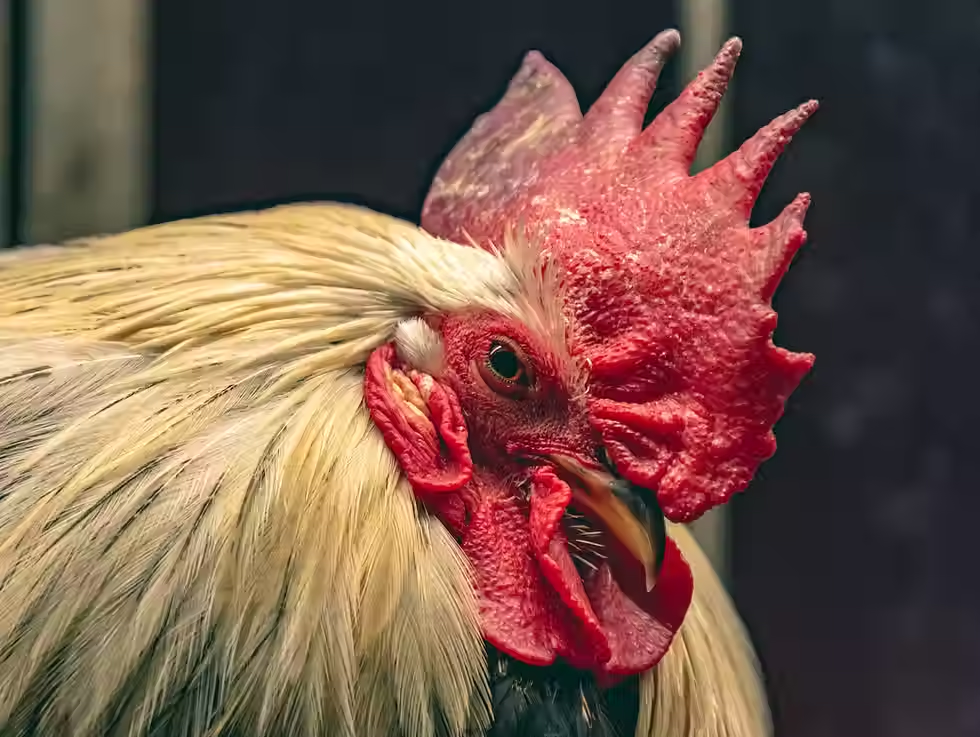Poultry Housing in Canada—Where and How Do Chickens Live?
- Marie Megane Clarissa Jean Louis
- Feb 20
- 2 min read
Presented by Canadian Food Focus, this article delves into the various housing systems used in Canadian poultry farming, including free-run and free-range setups. It explains the benefits and challenges of each system, helping you make informed decisions about housing your hens.

In Canada, poultry housing varies based on the purpose of the chickens—meat production or egg laying. Broiler chickens, raised for meat, typically reside in modern, climate-controlled barns where they can move freely on floors covered with bedding materials like straw or wood shavings. Some broiler barns also offer outdoor access, classifying them as "free-range."
Egg-laying hens, or layers, may be housed in different systems:
Conventional Cages: Small groups of hens live in connected wire cages with constant access to food and water. This system is being phased out in Canada and will be eliminated by 2036.
Enriched Housing: Provides more space and amenities like dust baths, perches, and nesting boxes, allowing hens to exhibit natural behaviors. This will become the industry standard by 2036.
Free-Run: Hens roam freely within the barn without outdoor access, engaging in natural activities such as scratching and dust bathing.
Aviary Systems: Similar to free-run but with multiple levels for perching, feeding, and drinking, promoting stronger bone development.
Free-Range: Hens have both indoor barn access and the opportunity to go outside when weather permits.
The choice of housing system depends on factors like bird welfare, health, and production efficiency. Cages were initially developed to reduce aggressive behaviors among hens and ensure consistent access to resources. As understanding of animal behavior advances, housing practices continue to evolve to balance welfare and productivity.
Read the full article here: https://canadianfoodfocus.org/on-the-farm/poultry-housing-in-canada-where-and-how-do-chickens-live/
.png)


Comments